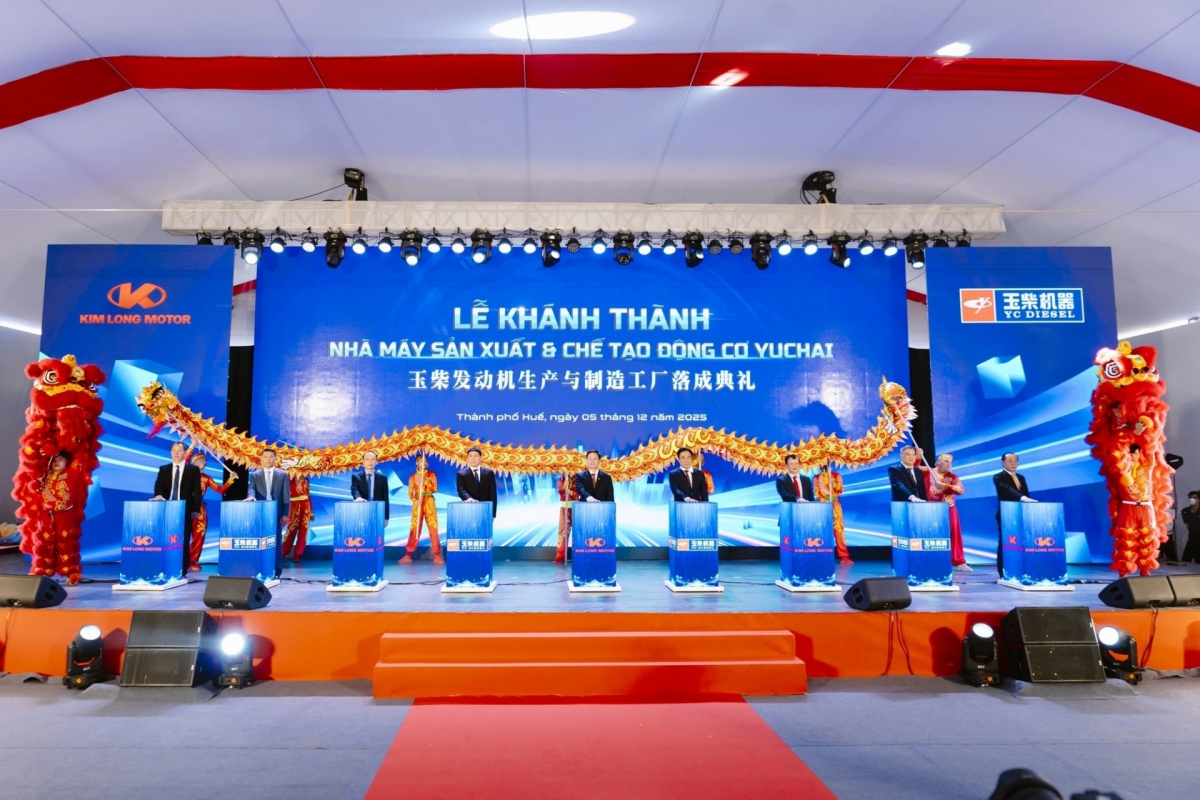INTERNATIONAL INVESTMENT
AND PORTAL
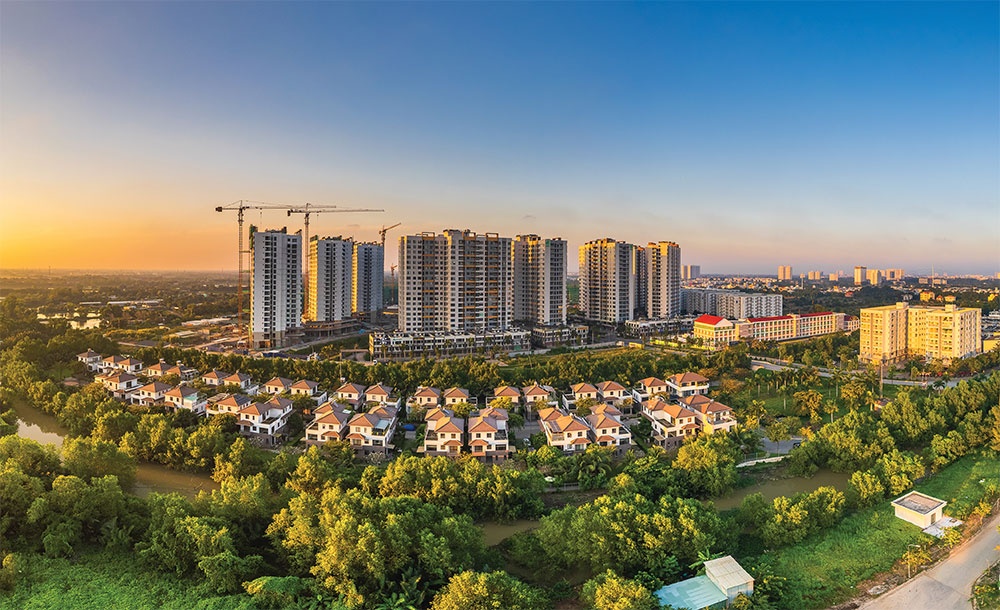 Transit-oriented development as a magnet for advancement
Transit-oriented development as a magnet for advancement
Transit-oriented development (TOD) is an urban development model associated with public transport, facilitating an increase in population density. In Hanoi, some urban areas have adopted this model. In particular, Vinhomes Smart City is connected to the future elevated railway system. Large urban areas such as Vinhomes Ocean Park 1, 2, and 3 are connected to each other through a system of elevated roads and ring roads.
David Jackson, general director of Colliers Vietnam, said numerous markets throughout the world have experienced the success of urban chains linked to modern transportation infrastructure.
“Tokyo, Singapore, and Hong Kong have developed urban areas with high densities as well as modern, civilised metropolitan areas with a full range of essential amenities,” Jackson said. “Particularly, these metropolitan chains frequently foster a cosmopolitan which is ideal for dynamic young individuals.”
Cities that implement TOD not only solve the issue of traffic connection, but also greatly profit from a significant price increase. In Japan, land prices have experienced an unprecedented fluctuation when the nation deployed its most successful TOD, namely the Tokyo-Tsukoba railway line. Land prices increased from $1 per square metre to $5,000 in many areas of the 18 modern urban centres along the railway line.
The concept of TOD is still relatively new to many in Vietnam. However, it has been incorporated into planning initiatives, such as creating new urban developments around traffic centres.
The trend of suburbanisation is gaining traction in Vietnam. There are more urban areas featuring a range of on-site amenities with convenient access to downtown areas. This has become a criterion for young people when selecting housing. The urban chain model has been implemented in mega urban projects that share some common points, including covering large area and connecting with the downtown through the key transport system.
In fact, suburban or satellite cities have become popular models in other countries to ease pressures on major cities, such as environmental pollution and traffic congestion. At the same time, these models have created consensus in the process of developing the regions. Some well-known major satellite towns worldwide include Sunbury (satellite of Melbourne), Ulhasnagar (satellite of Mumbai), and Bucheon (satellite of Seoul).
Those cities have one thing in common – the expansion in scale has been accompanied by detailed planning on all aspects of the city, including transportation, logistics, health, education, tourism, hotels, finance, and other industries, to ensure appropriate infrastructure development and create equal employment opportunities across regions.
An enticing magnet
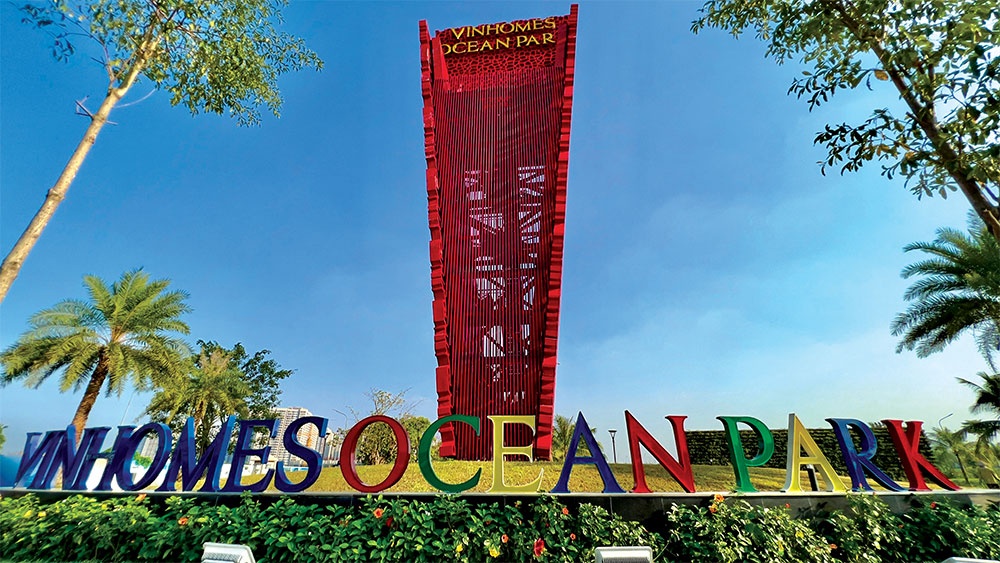 The urban chain including Vinhomes Ocean Park 1-3 is trying to improve its connectivity through the public transport system
The urban chain including Vinhomes Ocean Park 1-3 is trying to improve its connectivity through the public transport system
Su Ngoc Khuong, senior director at Savills Vietnam, pointed out the fiscal, monetary, and legal policies that will be in place in the next 3-5 years. “If the tough situation continues into the future, there won’t be much supply. The major cities will gradually lose their allure and competitiveness in comparison with the surrounding areas. Thus, the housing supply will be distributed to satellite cities,” Khuong said.
According to Trang Bui, country head of Cushman & Wakefield Vietnam, nations like Japan, China, Thailand, and Singapore offer valuable lessons for Vietnam to observe. “For Japan, it is the experience of developing the real estate market associated with logistics when distributing the growth poles. Japan divides its regions equally, which are not too far apart,” Bui said.
Jackson of Colliers Vietnam said that with the urbanisation rate of 41 per cent per year and 50 per cent of the population living in urban areas by 2030, it is an inevitable trend to expand, merge administrative boundaries, or form new satellite towns.
“This helps coastal localities become new destinations for real estate investment when they possess attractive factors such as transport infrastructure, reasonable prices, abundant land funds, and investment incentives,” he said.
Jackson added that the large land bank offers the opportunity to develop more diverse housing projects and more effective investments. “Low land prices encourage developers to build projects in greater quantities and sell them for less money by lowering investment costs per square meter. Therefore, secondary deals are more profitable and have better absorption,” he said.
In the southern market, there are some large suburban projects such as Mizuki Park in Binh Chanh, Dragon City in Nha Be, and T&T Millenia in Long Hau-Long An. With thousands of apartments, town houses, and villas, these mega-projects are expected to accelerate the process of suburbanisation and contribute to attracting more investment in healthcare, education, and commerce, thereby contributing to the socioeconomic growth of the whole region.
Experts say that location and transportation infrastructure play a key role because they affect the distance and commute times of homebuyers. Meanwhile, the heart of the urban area is considered a growth magnet – a place to nurture the economy with better job opportunities and social security. Therefore, moving between suburbs and downtowns will be an inevitable trend in the world as well as in Vietnam.
Hanoi is deemed to have better infrastructure than the national level. As a result of large traffic projects such as Thang Long, Nhat Tan, Vo Nguyen Giap, the first metro line, and the upcoming Ring Road 4, travelling from downtown to the suburbs of Ha Tay, Vinh Phuc, and Hoa Binh is generally becoming more convenient.
Meanwhile, regional infrastructure projects in Ho Chi Minh City have not been adequately developed, resulting in a slightly lower regional linkage. For example, the route from Ho Chi Minh City to Binh Duong almost entirely follows the National Highway No.13, and Nguyen Thi Dinh and Vo Chi Cong roads from Cat Lai Port to industrial parks in Binh Duong are always overloaded.
Therefore, the transportation infrastructure needs to be developed synchronously to meet the travel and transportation needs of the people of the suburban cities, according to Jackson of Colliers.
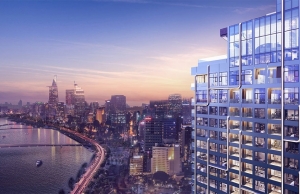 Determining true attractiveness of luxury real estate in Vietnam
Determining true attractiveness of luxury real estate in Vietnam
Even in the context of global economic fluctuations, luxury real estate products are still attracting a growing customer base in Vietnam.
 The rise of healthy living
The rise of healthy living
Besides the three golden criteria of “near the market, near the river, near the road” when it comes to buying a house, today’s homebuyers are paying more attention to factors that take into account healthy living.
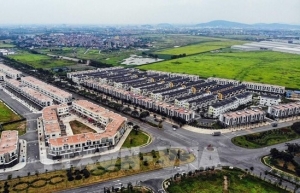 Room for industrial real estate development remains high due to short supply
Room for industrial real estate development remains high due to short supply
The industrial real estate sector has good prospects in 2023 due to short supply, a shift in the supply chain to Vietnam and its favourable investment policies, experts said.


